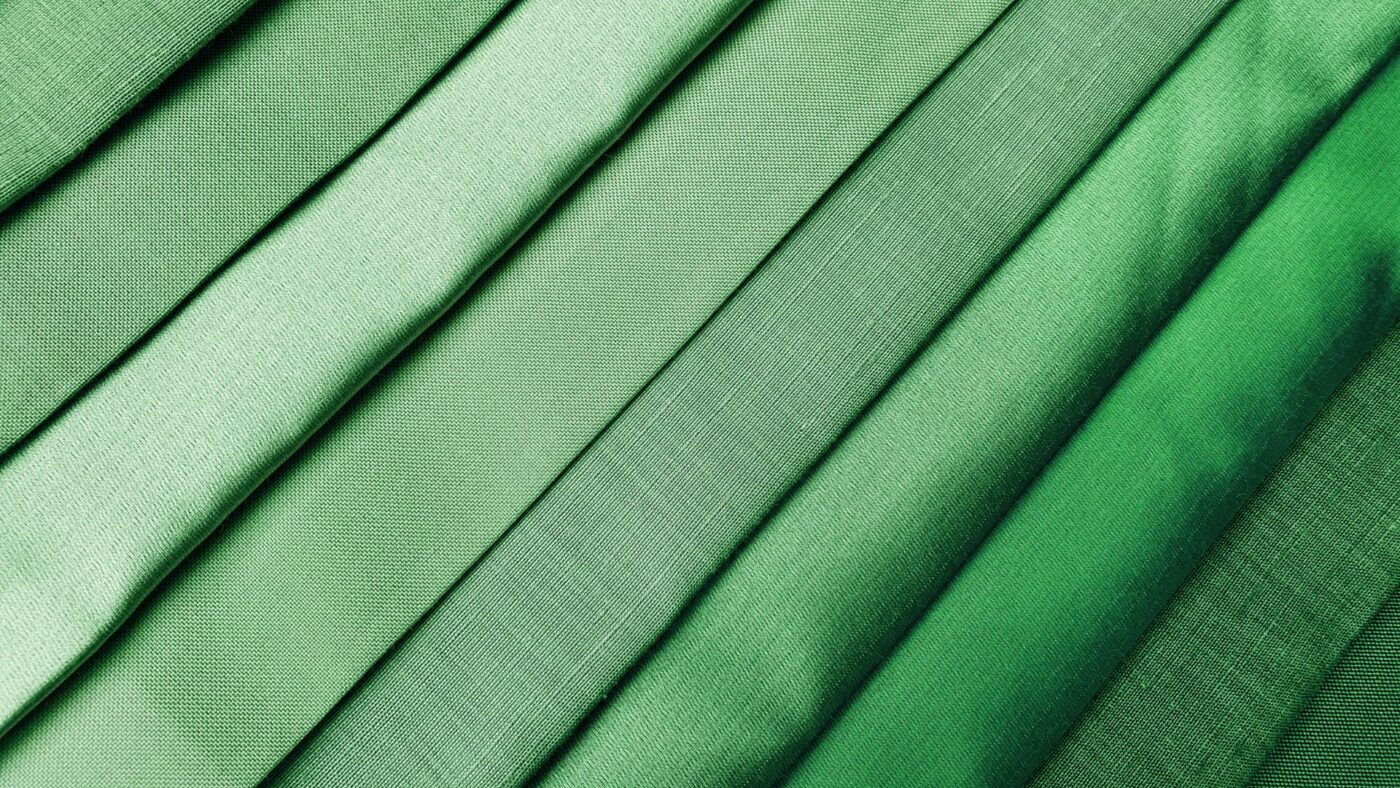Blog
What is Momme Silk And How To Choose
Silk, prized for its luxurious feel and elegant drape, has been a coveted fabric for centuries. But navigating the world of silk can be tricky. One of the key factors determining silk quality is “momme,” a term often misunderstood. This guide will unravel the mysteries of momme silk, explore related concepts like thread count, and empower you to choose the perfect silk for your needs.
Understanding Momme Weight
Momme (mm) is the standard unit for measuring the weight of silk fabric. It represents the weight in pounds of a piece of silk 100 yards long and 45 inches wide. In simpler terms, it’s a measure of silk’s density and thickness.
A higher momme weight generally indicates a denser, more durable fabric. However, higher momme doesn’t automatically mean higher quality. The ideal momme depends on the intended use.
| Momme Weight | Typical Use |
| 3-5 mm | Lightweight scarves, lingerie |
| 6-8 mm | Summer dresses, blouses |
| 12-19 mm | Bedding, shirts, dresses |
| 19-25 mm | Luxury bedding, upholstery |
Now let’s talk about the most commonly used momme silks in tailoring, which are 16 momme, 19 momme, 22 momme, and 25 momme.
16 Momme Silk: Lightweight and Flowing
Characteristics: Lightweight and breathable, 16mm silk drapes well and offers a delicate feel.
– Best Uses:
Summer Dresses and Blouses: Provides comfort and flow in warm weather.
Lining: Adds a smooth, luxurious feel to jackets and other garments.
Scarves and Wraps: Creates a soft, airy accessory.
Áo dài (occasionally): Suitable for less formal áo dài where a lighter, more flowing drape is desired.
However, it might be too sheer for some preferences.
Pros: Breathable, drapes well, relatively affordable.
Cons: Less durable than heavier weights; more prone to wrinkles and showing seams.
Example: A flowy summer dress made from 16mm silk would be ideal for a garden party.
19 Momme Silk: The Versatile Choice
Characteristics: A mid-weight option offering a balance of drape, durability, and breathability.
– Best Uses:
Versatile Dresses and Blouses: Suitable for various styles and occasions.
Skirts and Pants: Provides structure and drape.
Robes and Sleepwear: Offers a luxurious feel against the skin.
Áo dài (common choice): Provides a good balance between drape and opacity, making it a popular choice for this traditional Vietnamese garment.
Pros: Durable, drapes beautifully, luxurious feel, works well for many garments.
Cons: Slightly more expensive than 16mm; may be too heavy for some summer clothing in hot climates.
Example: A 19mm silk blouse would drape elegantly and feel luxurious without being too heavy for everyday wear.
22 Momme Silk: Luxurious and Statement-Making
Characteristics: Heavyweight silk with exceptional durability, a substantial drape, and a luxurious sheen.
– Best Uses:
Formal Dresses and Gowns: Creates a luxurious, statement look.
Structured Jackets and Coats: Provides body and shape.
High-End Áo dài: Offers a truly luxurious feel and a rich, opaque appearance for special occasions.
Decorative Elements: Adds weight and drama to accents like cuffs or collars.
Pros: Extremely durable, luxurious drape and feel, resists wrinkles.
Cons: Most expensive option; can be too heavy for clothing in warm climates. Requires careful handling during tailoring due to its thickness.
Example: A 22mm silk áo dài would be perfect for a wedding or other important event, showcasing a luxurious sheen and impeccable drape.
25 Momme Silk: Ultimate Opulence and Durability
Characteristics: Exceptionally heavy and dense, 25mm silk drapes with a substantial, almost regal presence. It has a pronounced sheen and feels incredibly luxurious.
– Best Uses:
Luxury Bedding and Home Décor: Creates the most opulent bedding and adds a touch of grandeur to curtains and other decorative elements.
High-End, Couture Garments: Reserved for truly special pieces where cost is less of a concern. Provides a dramatic and luxurious feel. Can be used for structured garments or those requiring a very full, heavy drape.
Winter Coats and Jackets: Offers excellent insulation and a luxurious feel.
Special Occasion Áo dài (rare): While exceptionally luxurious, 25mm might be too heavy for a comfortable áo dài experience, except perhaps for very specific design aesthetics or winter wear.
Pros: Unparalleled luxury and drape, extremely durable, wrinkle-resistant, excellent insulation.
Cons: Very expensive, can be challenging to work with due to its thickness, may be too heavy for most clothing applications. Requires expert tailoring skills.
Example: A 25mm silk opera coat would exude luxury and provide exceptional warmth and comfort.
Summary Table for Tailoring:
| Feature | 16mm Silk | 19mm Silk | 22mm Silk | 25mm Silk |
| Weight | Lightweight | Mid-weight | Heavyweight | Extra Heavyweight |
| Drape | Flowing | Balanced | Luxurious, Full | Regal, Substantial |
| Durability | Delicate | Good | Excellent | Exceptional |
| Cost | Economical | Mid-range | Premium | Ultra-Premium |
| Seam Appearance | More Visible | Less Visible | Minimal | Minimal |
| Best Uses | Summer wear, Lining | Versatile | Formal, Áo dài | Couture, Décor |
What is the Highest Momme for Silk?

While most commonly available silk fabrics range from 6mm to 30mm, the theoretical upper limit for momme weight is much higher. However, practicality and demand dictate what’s actually produced. Here’s a breakdown of what you need to know about the highest momme for silk:
Practical Limits
30mm and Beyond: Silks exceeding 30mm are rare and typically used for highly specialized applications like upholstery or very heavy drapery where extreme durability is paramount. These weights can feel stiff and are less suitable for clothing.
Diminishing Returns: Beyond a certain point (around 30-40mm), increasing the momme weight doesn’t necessarily translate to a proportional increase in quality or durability. The fabric becomes excessively heavy and difficult to work with.
Cost Considerations: The cost of producing extremely high momme silk becomes prohibitive, and the demand for such weights is limited.
Factors Affecting Maximum Momme
Weaving Technique: The tightness of the weave and the type of weave (e.g., plain weave, twill, satin) influence the maximum achievable momme weight.
Yarn Thickness: Thicker yarns contribute to a higher momme, but excessively thick yarns can result in a coarse fabric.
Finishing Processes: Certain finishing processes can slightly affect the final weight of the silk.
Why Higher Isn’t Always Better
While higher momme often indicates durability, it’s essential to choose the appropriate weight for the intended use. A 30mm silk blouse, for example, would be uncomfortably heavy and stiff. Likewise, using a 12mm silk for upholstery would result in a quickly worn-out fabric.
Silk Thread Count: A Secondary Consideration

Thread count, the number of threads per square inch, is often used to assess fabric quality. However, it’s less crucial for silk than for cotton. Silk’s long, smooth fibers inherently create a luxurious feel, even at lower thread counts. A very high thread count in silk can sometimes indicate the use of thinner, less durable threads.
Other Factors Affecting Silk Quality
Beyond momme and thread count, several other factors contribute to silk’s overall quality:
For a deeper dive into silk varieties, explore our guide on the difference type of silk.
Shine/Luster: High-quality silk has a beautiful natural sheen.
Drape: How the fabric falls and flows is crucial for garments.
Weave: Different weaves (charmeuse, satin, twill, crepe) affect texture and appearance.
Dyeing Process: Quality dyes ensure vibrant, long-lasting color.
Choosing and Caring for Silk

Consider the intended use when selecting silk. For bedding, a higher momme (19-25 mm) is desirable. For clothing, 12-19 mm is usually suitable. Always check for evenness of weave and color.
Care for your silk by hand washing or dry cleaning, using mild detergents, and storing it properly.
Conclusion
Understanding momme is key to navigating the world of silk. By considering momme weight alongside other factors, you can confidently choose silk products that meet your needs and stand the test of time.


